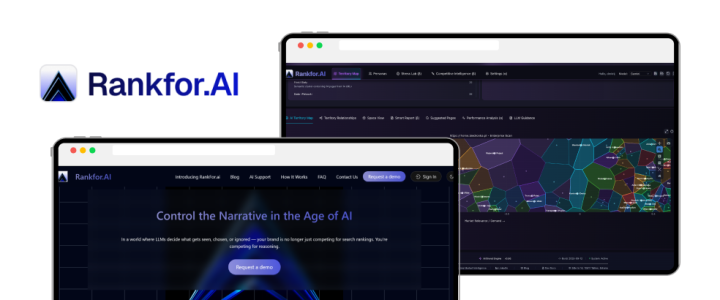Translavic
We helped an emerging leader in a hybrid human-machine translations improve work done by 50+ translators through the delivery of a custom skill-developing solution for their eLearning platform.
The Client
Translavic is an internationally oriented language service provider with its head office in the Netherlands and with an office in Poland. It holds the ISO 17100 and ISO 18587 certificates for translation services and for the post-editing of machine translation respectively.
The company is a respected player in the language industry due to developed sustainable partnerships with clients and with the best language professionals in Europe and beyond.
Client Needs
Following its mission – namely, to train interested translators in the latest developments and the practical use of post-editing machine translation – the client needed a reliable solution that allows linguists to practice the right way to post-edit the output of machine translation engines in various language pairs.
An interactive tool for an eLearning course in post-editing machine translation has become a key advantage of Translavic’s solution for both sides: the comfort of use by translators and top-notch post-editing services for end-users. The tool was integrated with the eLearning platform.
The client expected a clear vision of the project implementation. Besides technical skills, the second important area that was important for the Translavic team was efficient communication and intercultural awareness.
Challenges & Solutions
The project began with a discovery workshop to set up priorities and establish the Proof of Concept (PoC). We had to design and implement a mechanism of comparing the final text (key) with corrections suggested by the translator.
The scope of the essential functionalities included text editing, comparison, and providing feedback. The project was focused on developing interactive linguistic tasks and integrating them with the eLearning platform. Tests preceded the launch of the solution.
The DO OK Team provided full support with adjusting the product based on the client’s feedback.
Impact and Outcomes
The client confirmed that the PoC is currently being actively used and works as expected. In the past couple of months, around 20 users subscribed to the course and completed the interactive tasks. Users work in a text editor with a 2-column layout that looks similar to the main computer-assisted translation (CAT) tools most translators are familiar with.
The practical tasks constitute a vital part of the course, and user feedback is generally positive. Users appreciate the opportunity to put the skills learned in the course into practice. This clearly distinguishes Translavic’s course from other, more theoretical courses in the field of post-editing.
This project demonstrated an essential element of a new business service: post-editing of machine translation. It also played a crucial role in the quality improvement process.
The web app for Translavic was produced on time and corresponded entirely to the user stories. The strongly purpose-based team was ready to undertake any challenge.
We were responsible for efficient project management, sticking to deadlines, the effective implementation of changes, and providing a proactive dialog with no redundant communication, processes, or meetings.
We delivered the product according to a strict schedule and provided full support for the client. Since the launch of the online post-editing course, minor errors that were detected by users in the software and texts have been adequately addressed and quickly remedied.
Overview
Tech stack
React
Standard
SCORM
xAPI
Team size
2 developers
QA
Project Manager
Project size
300+ hours

